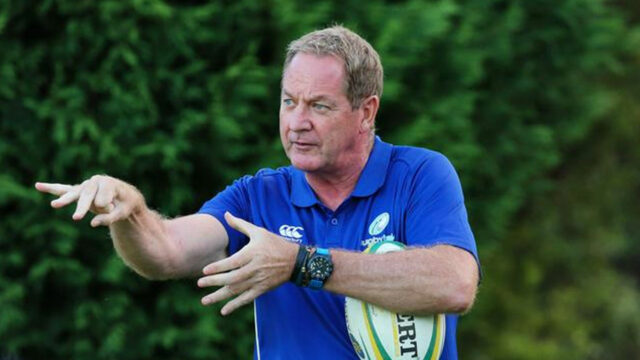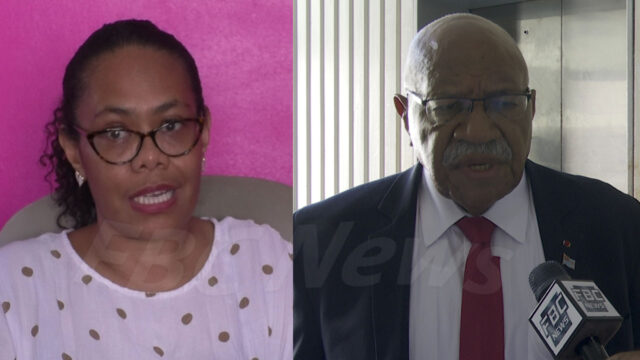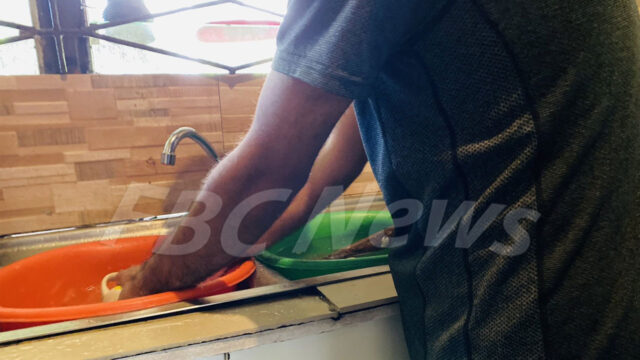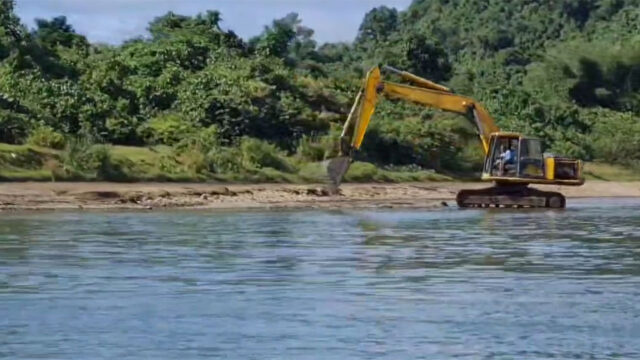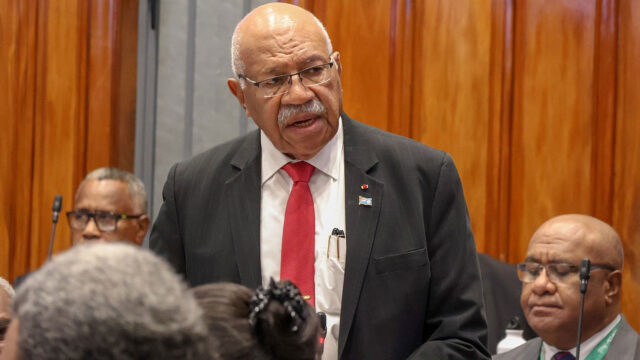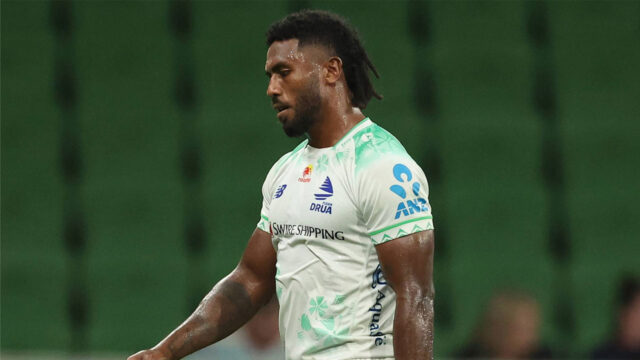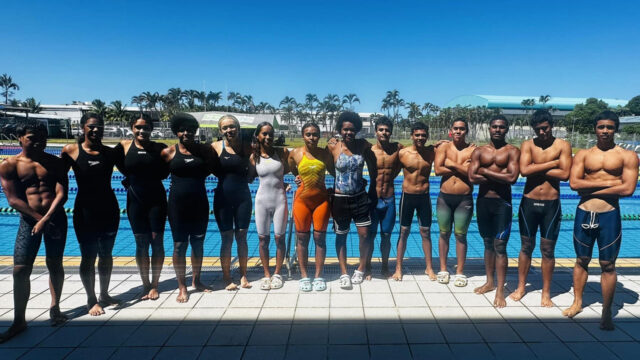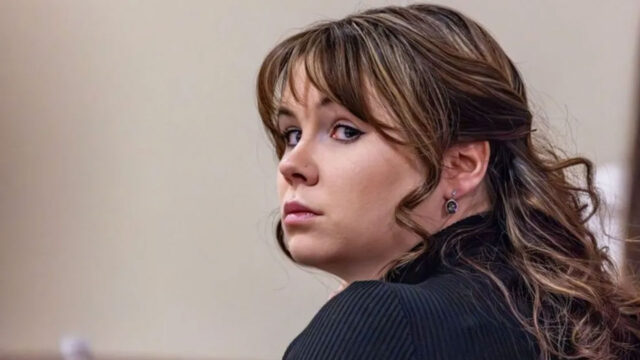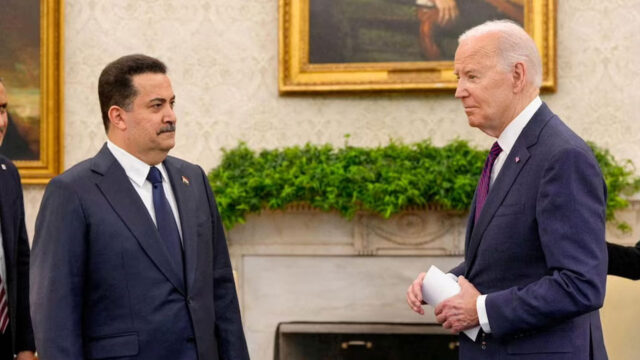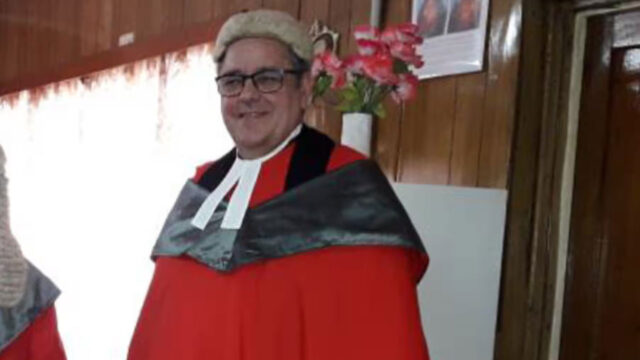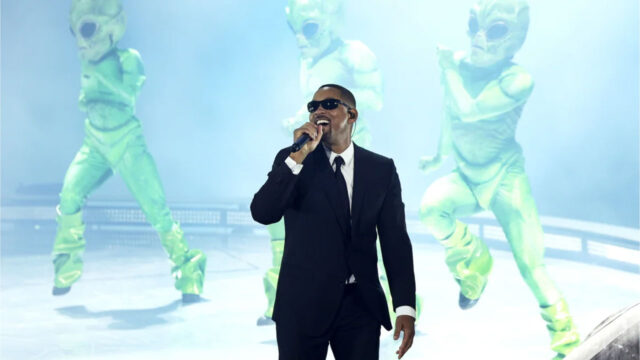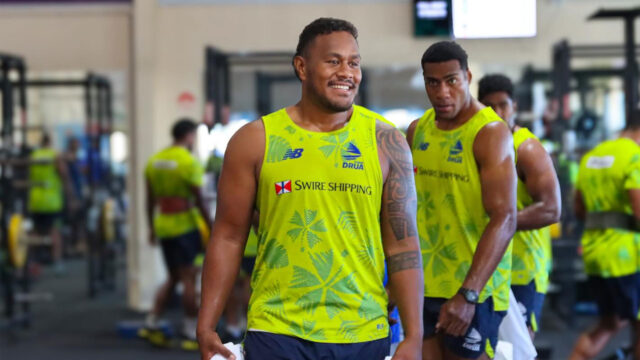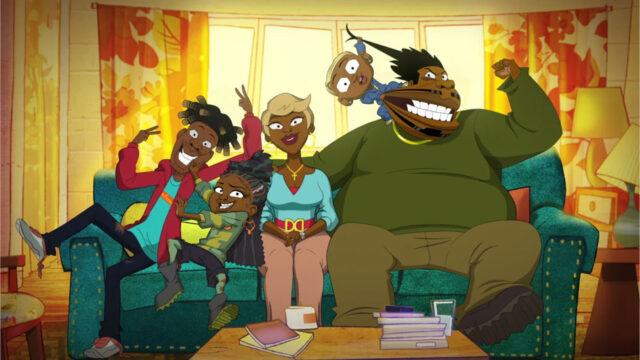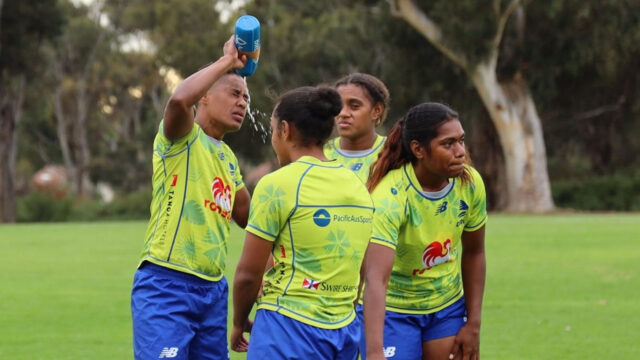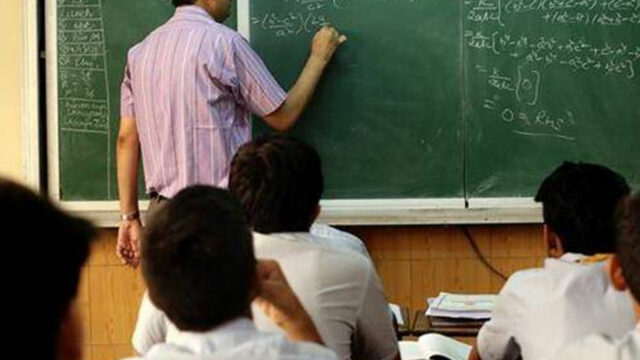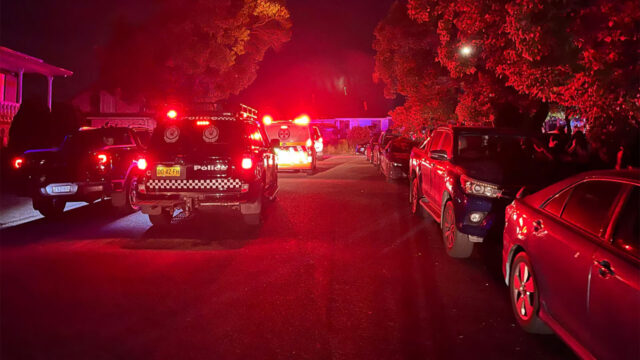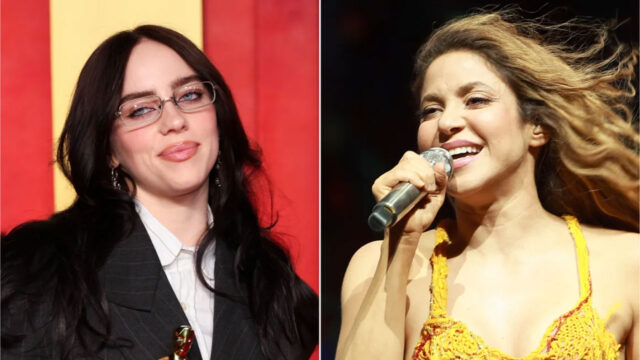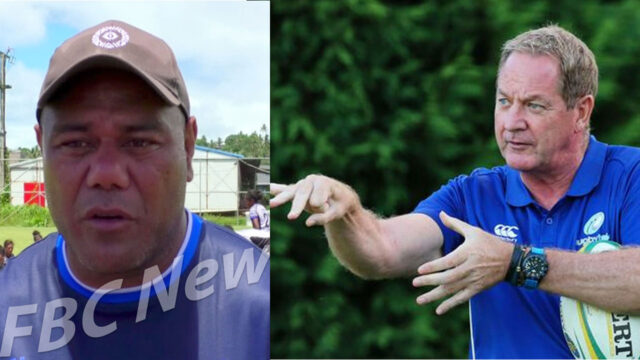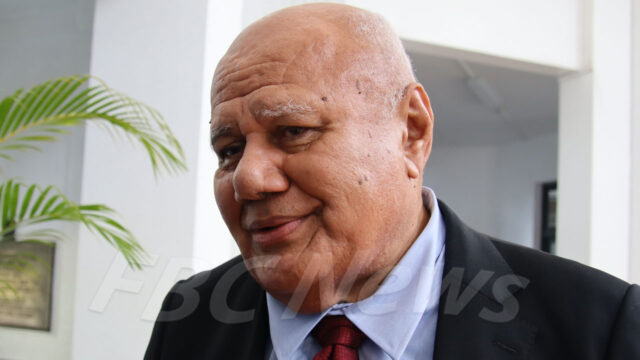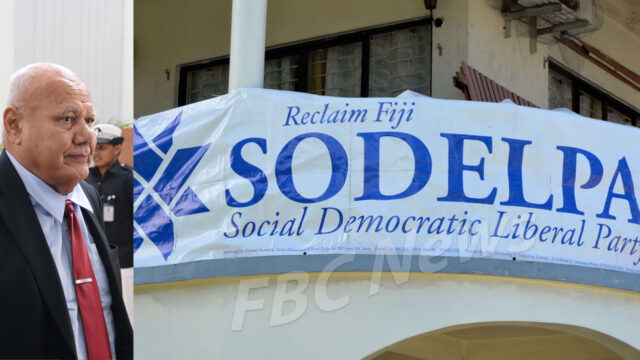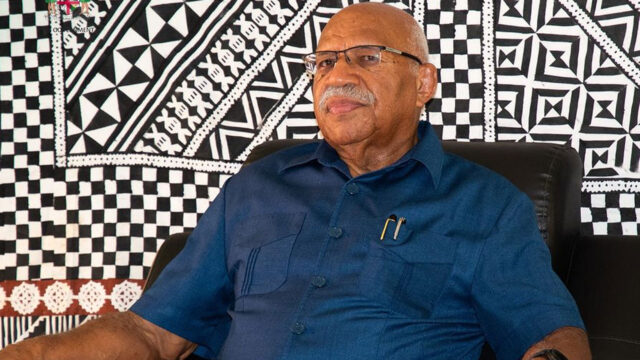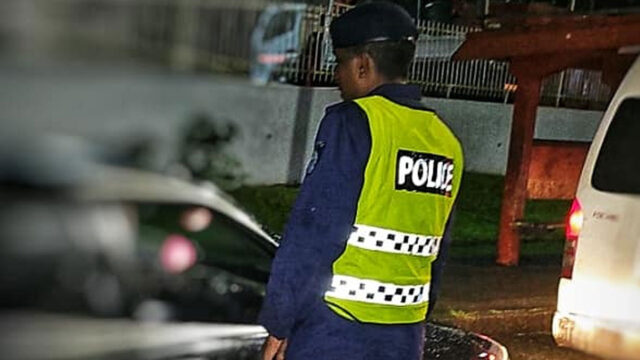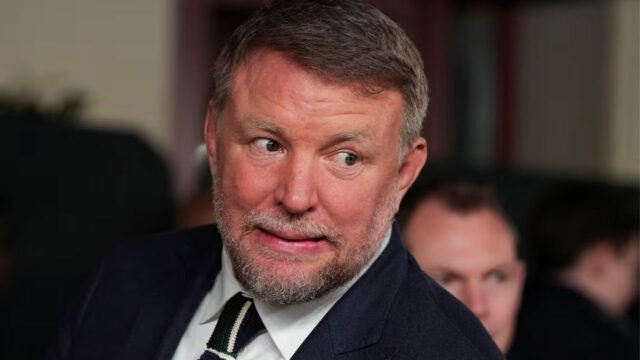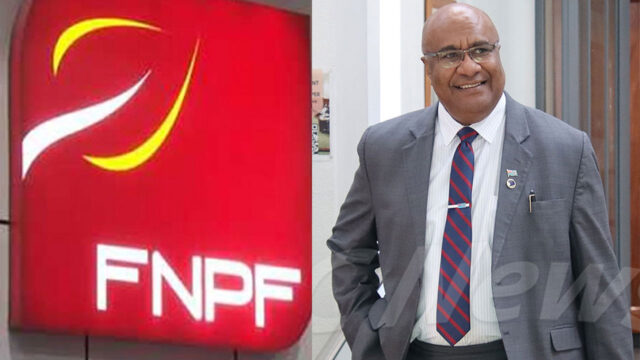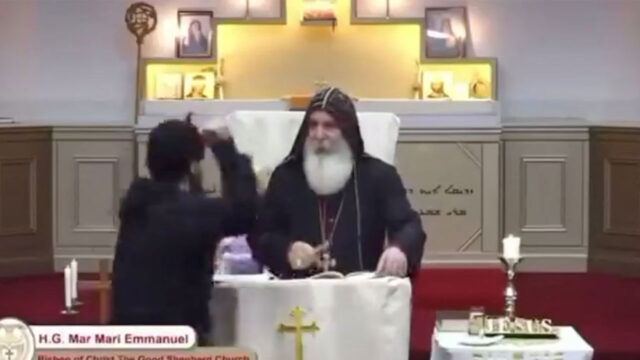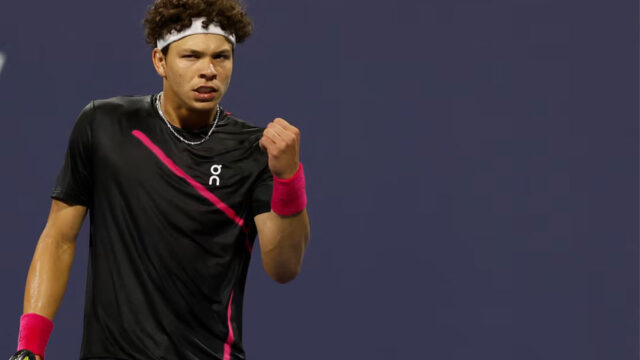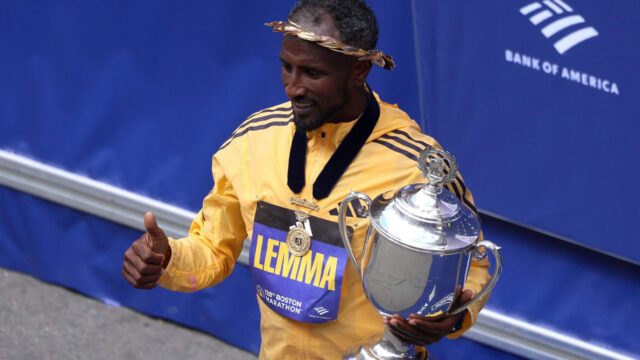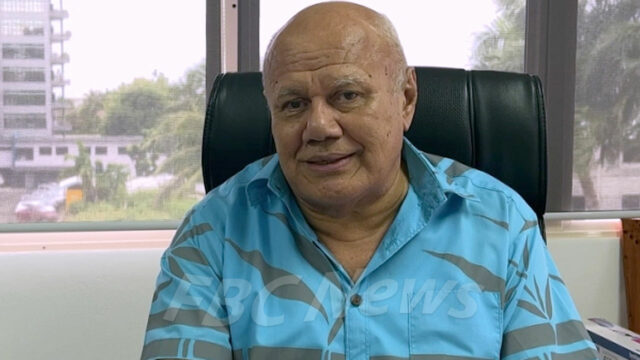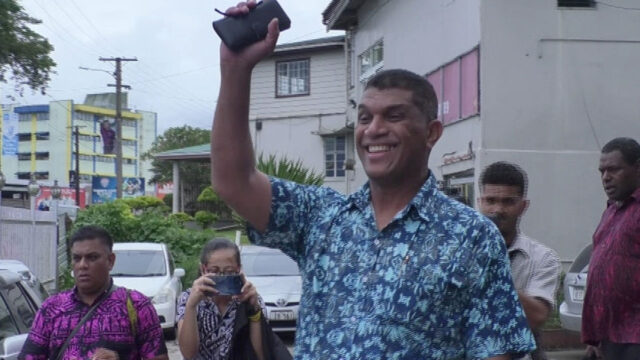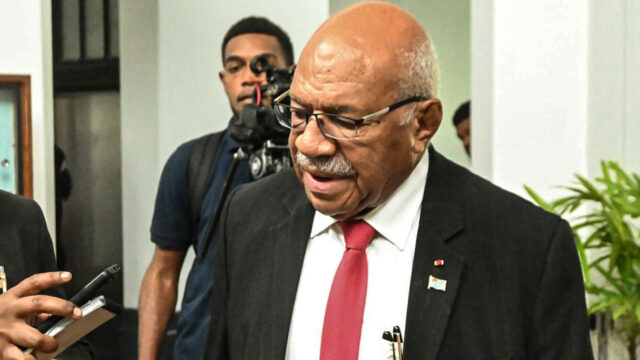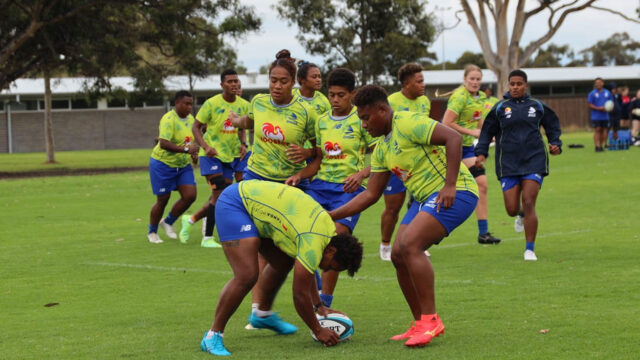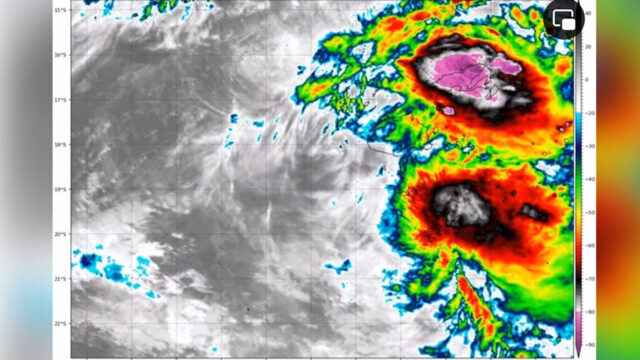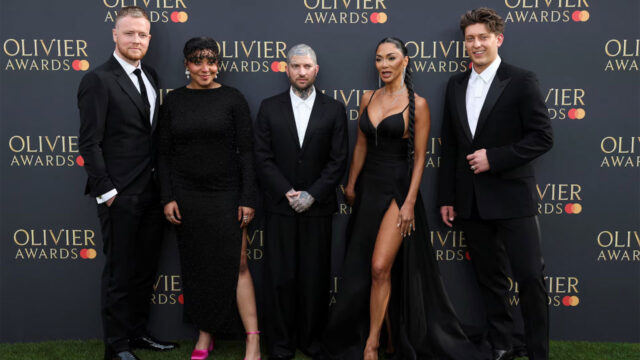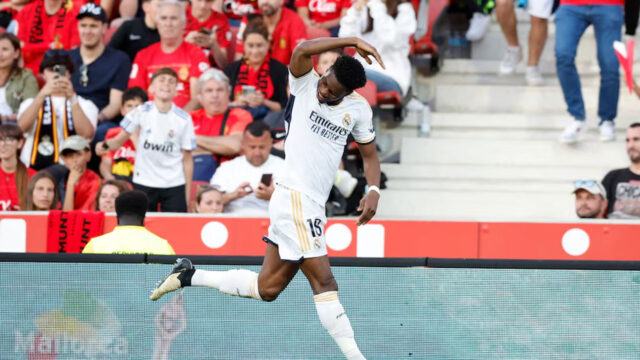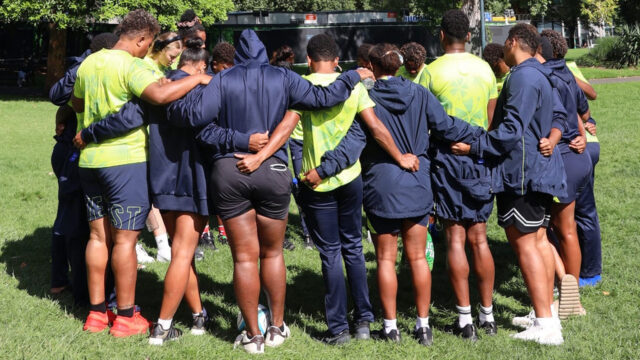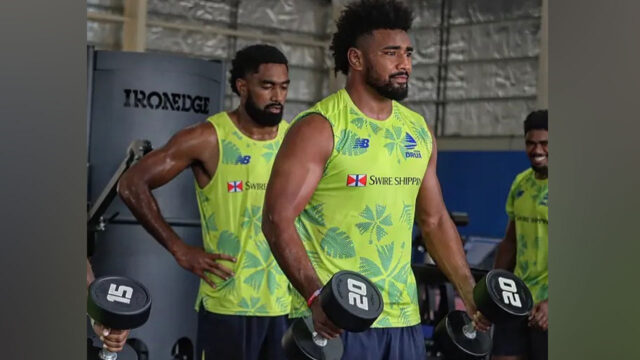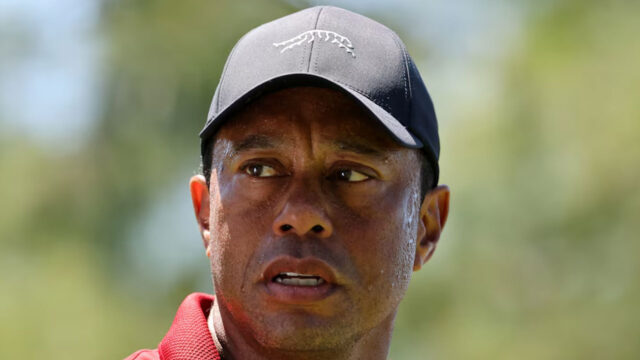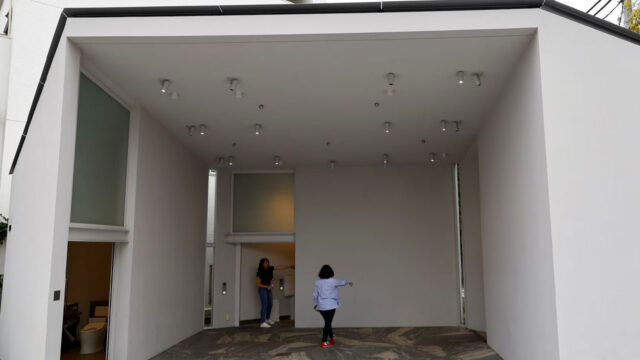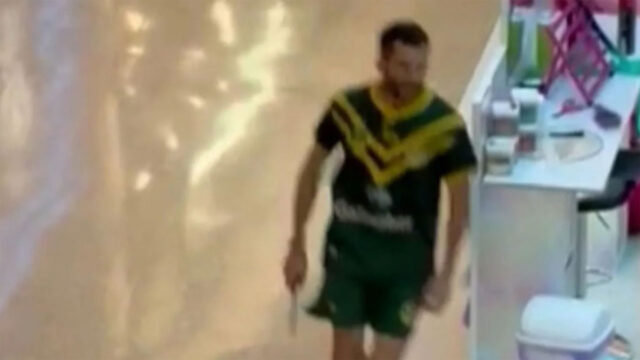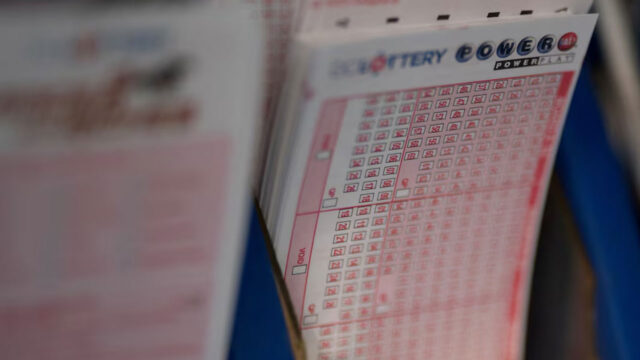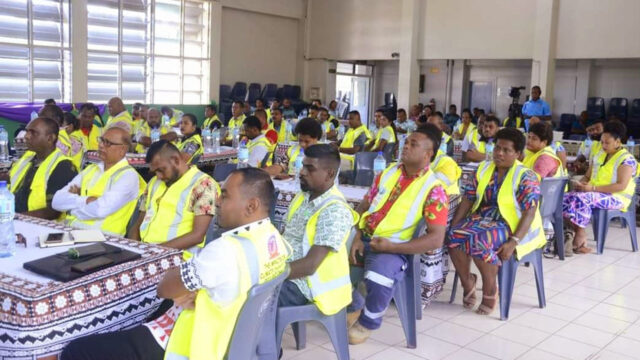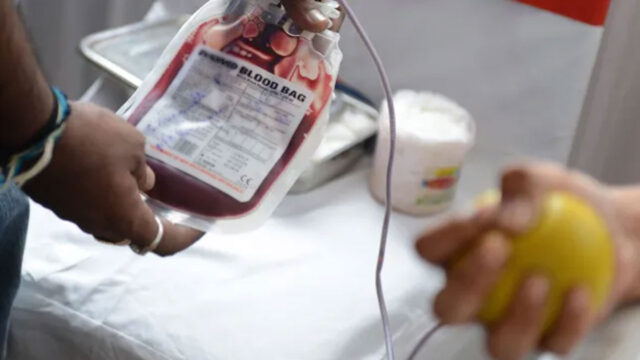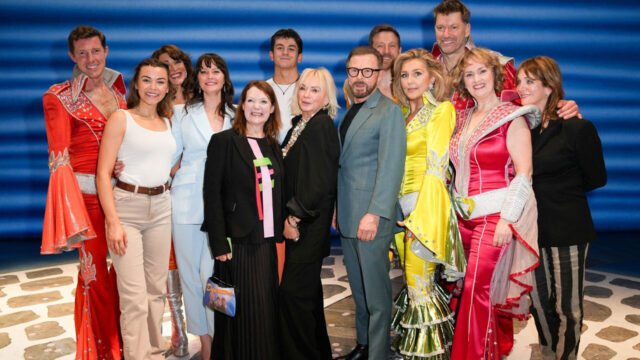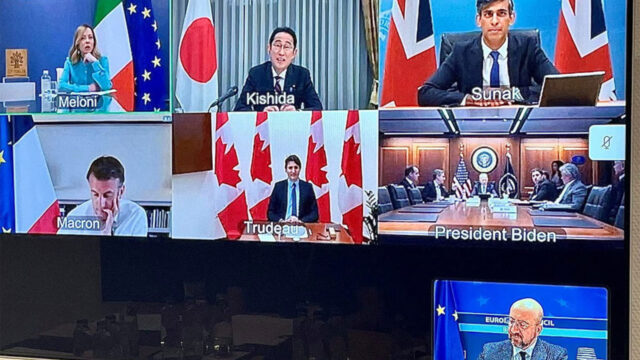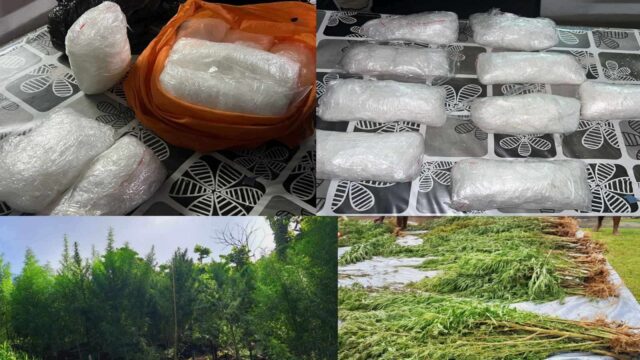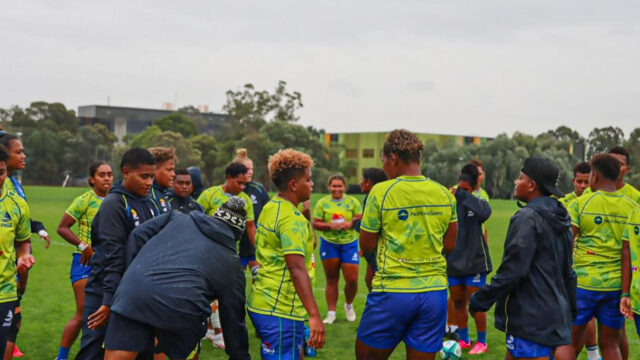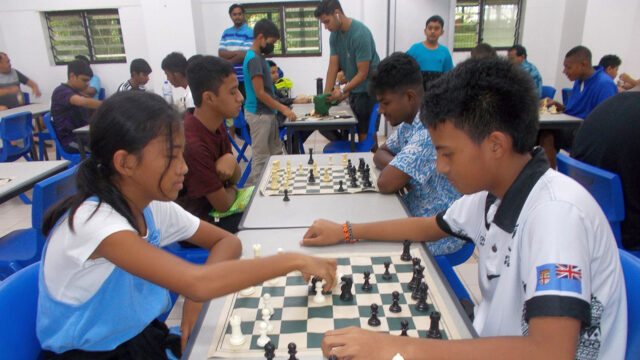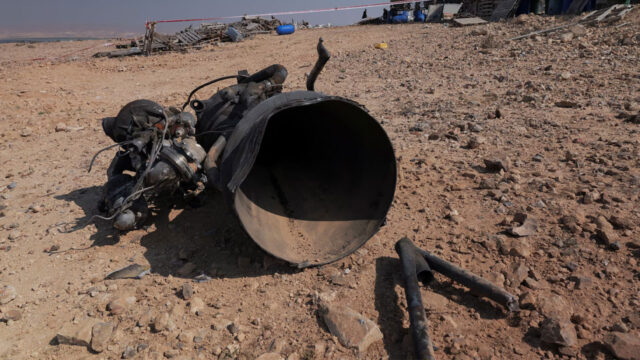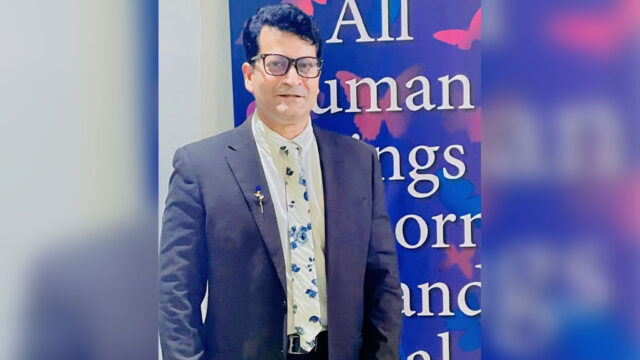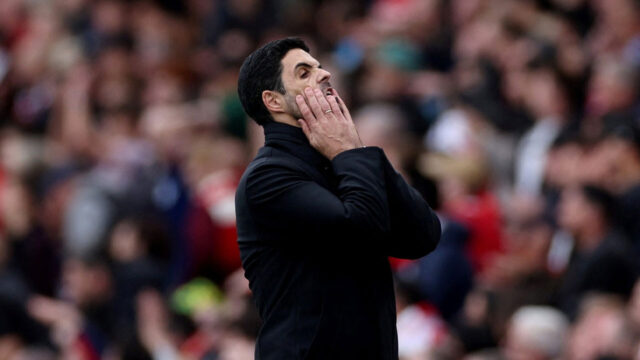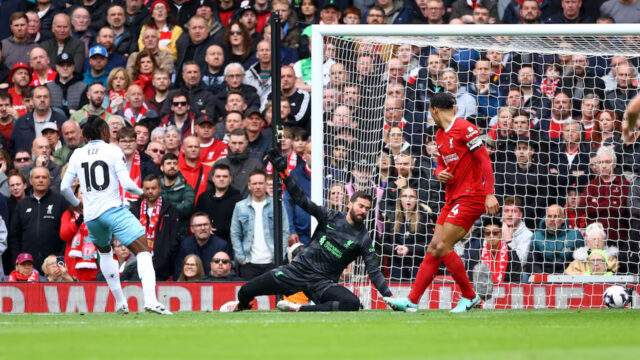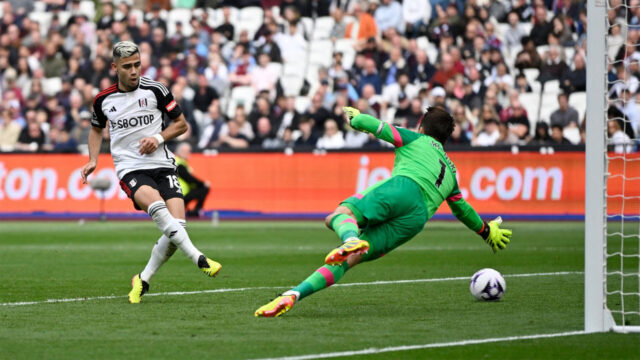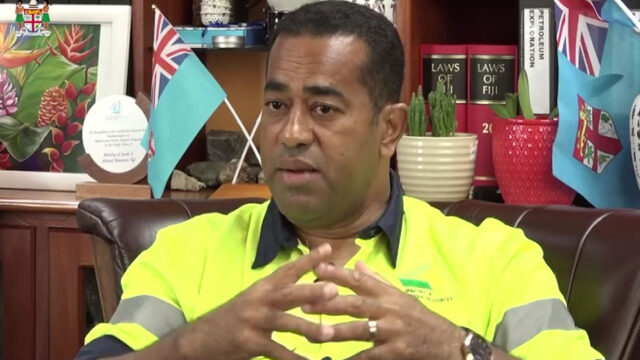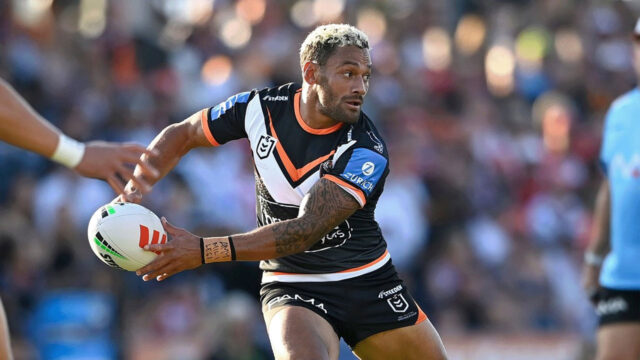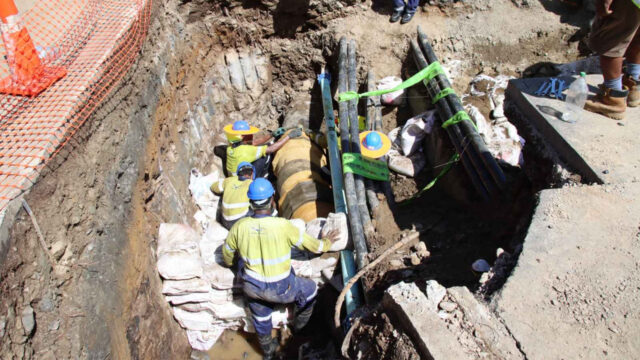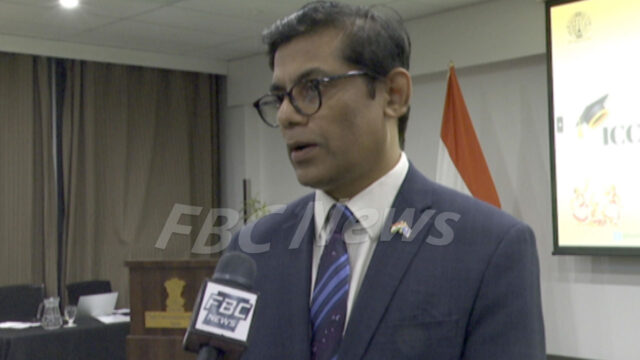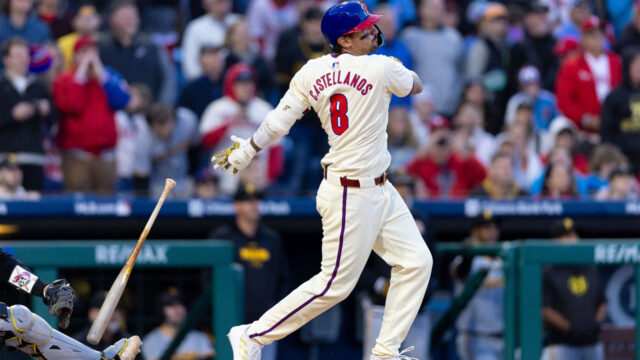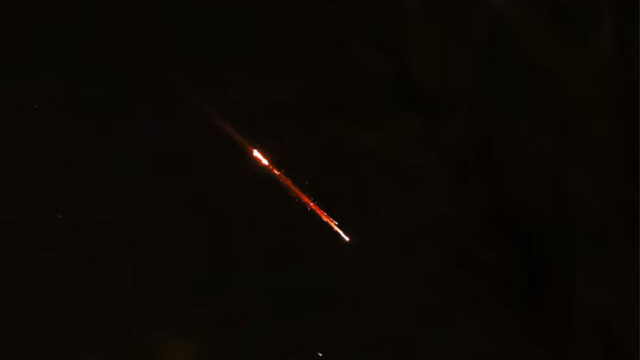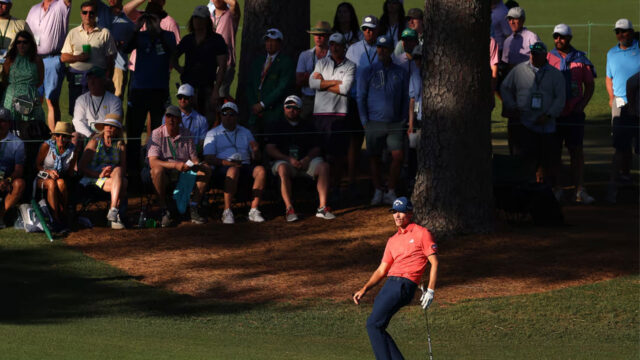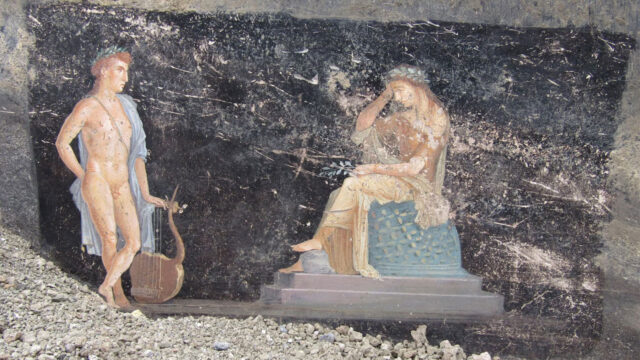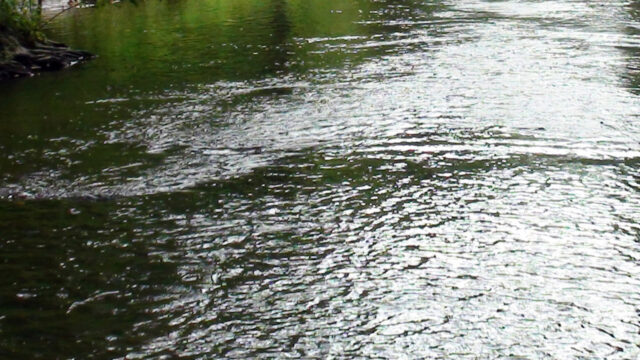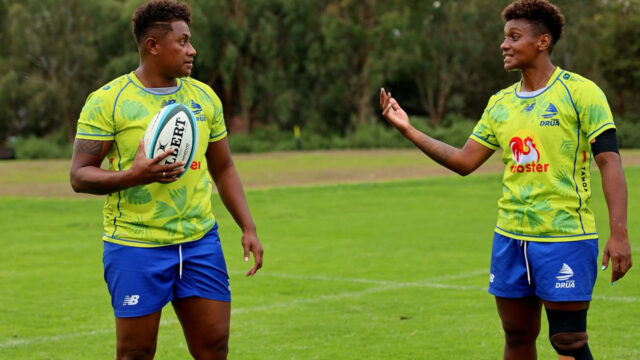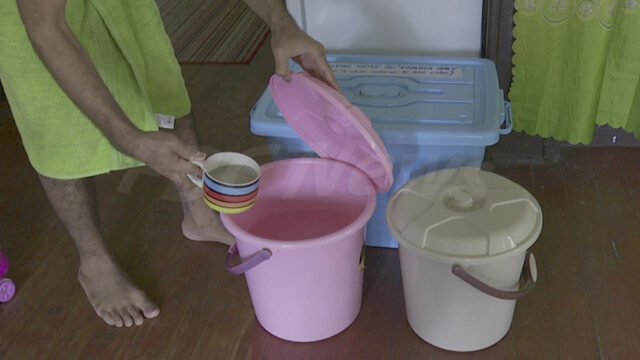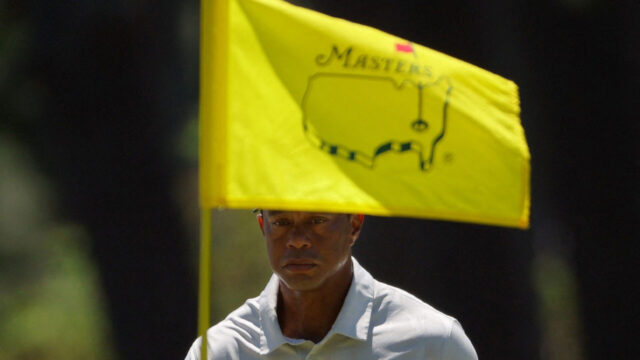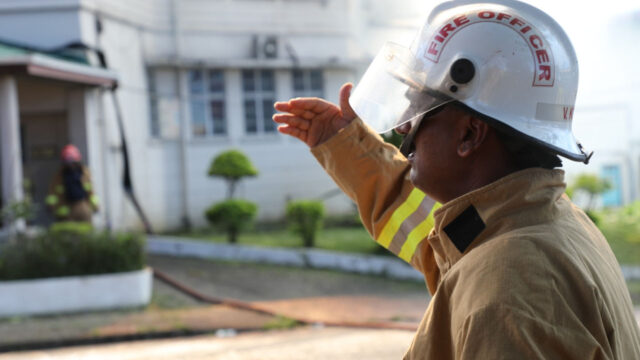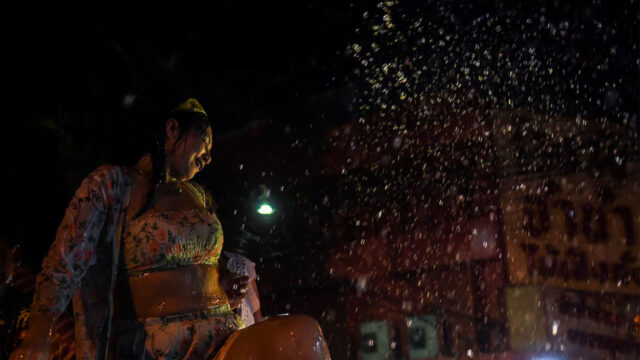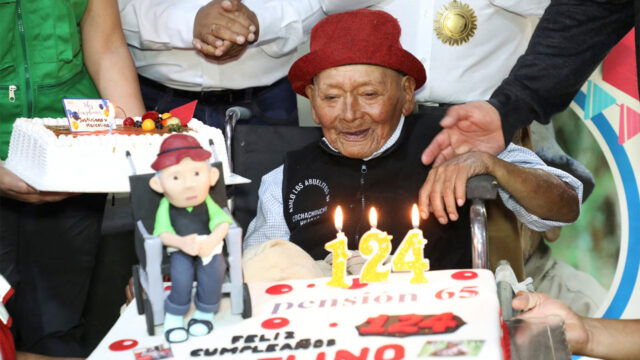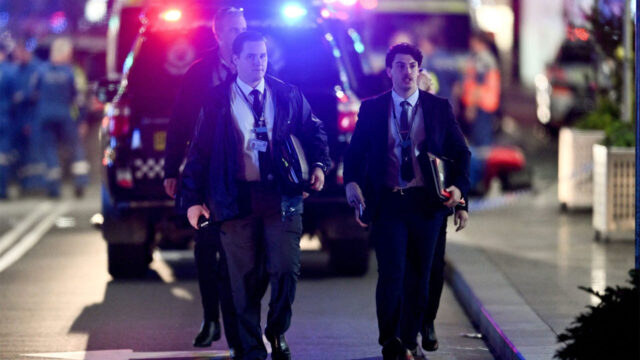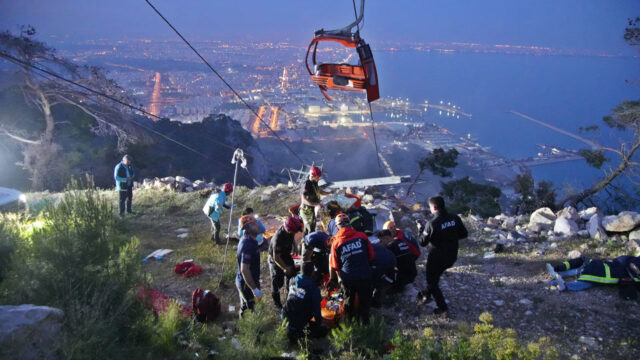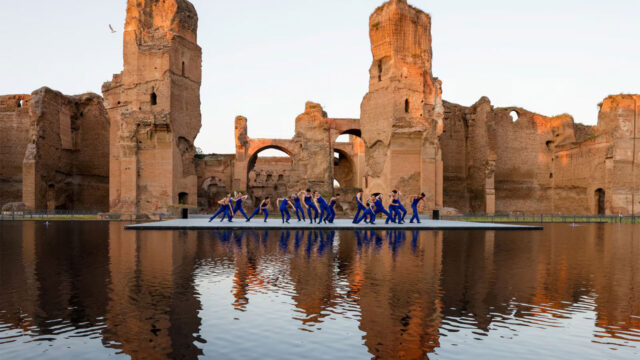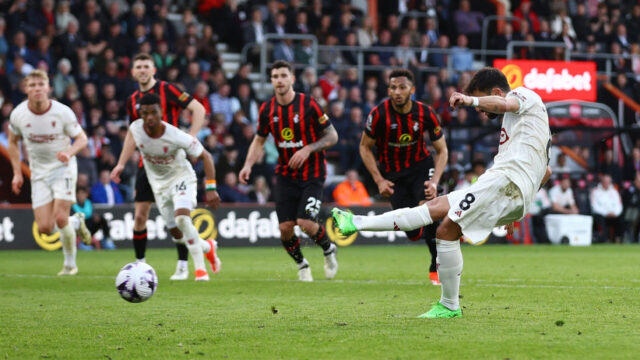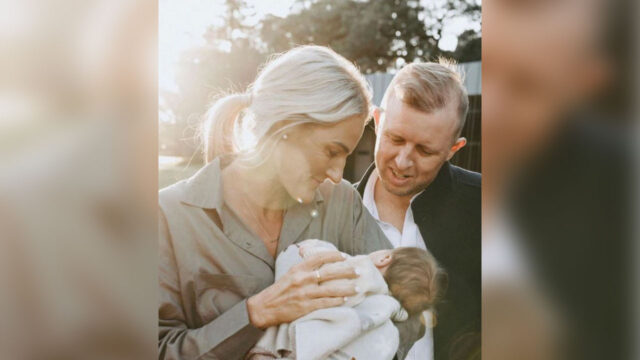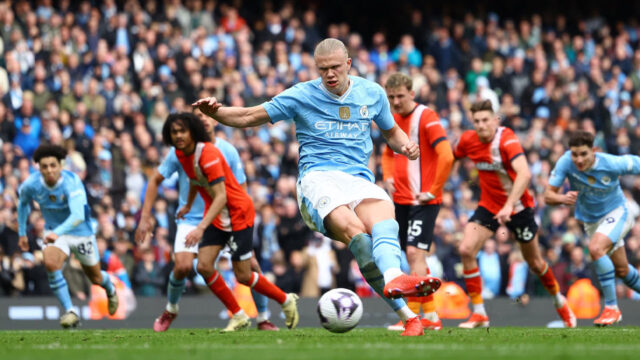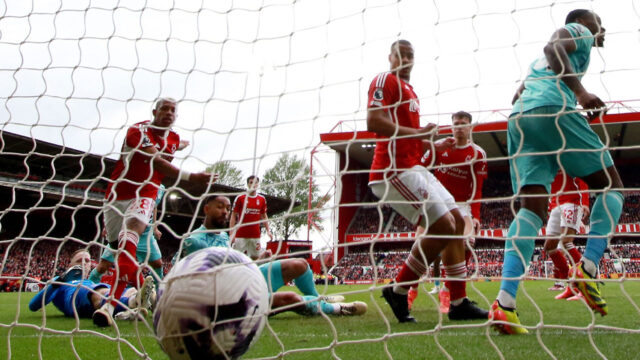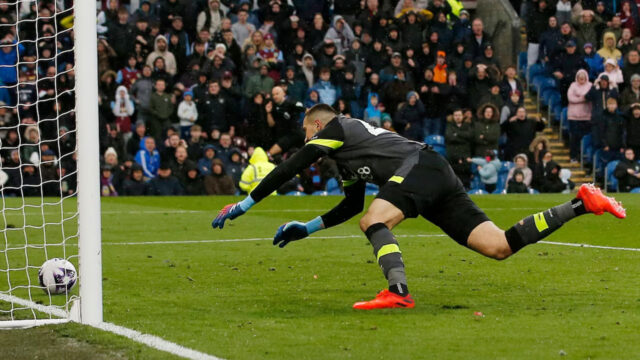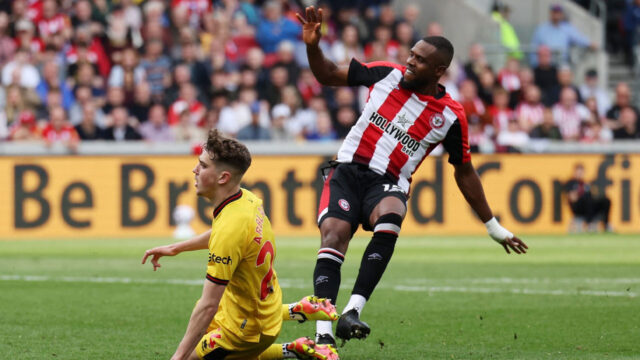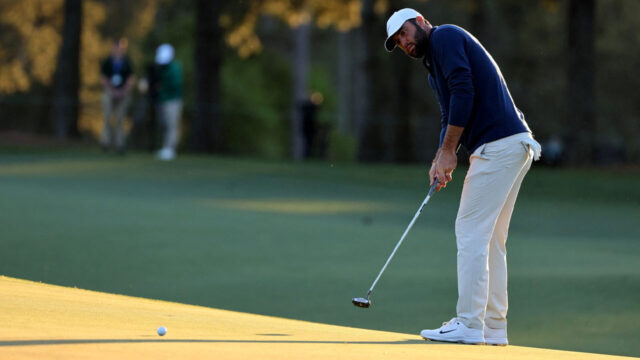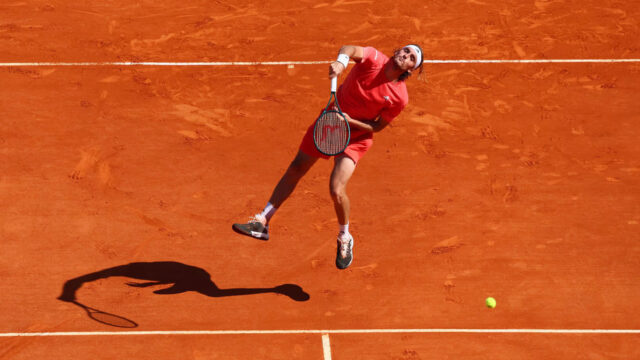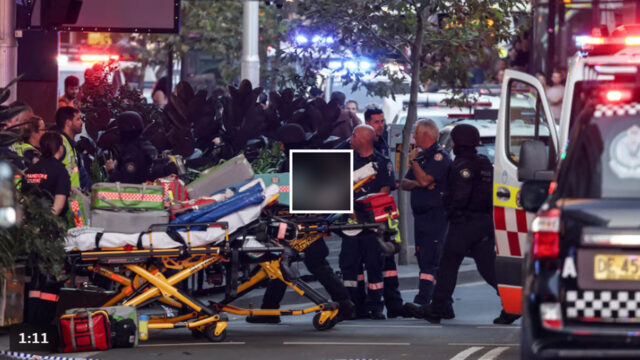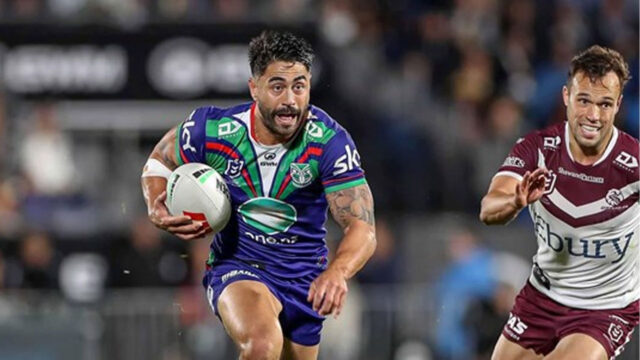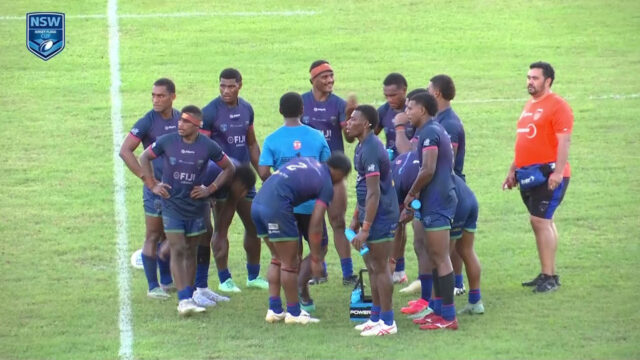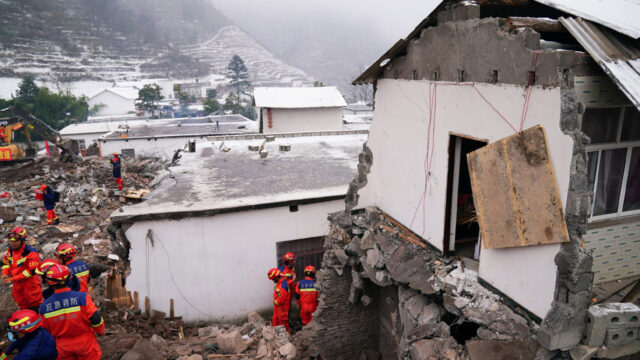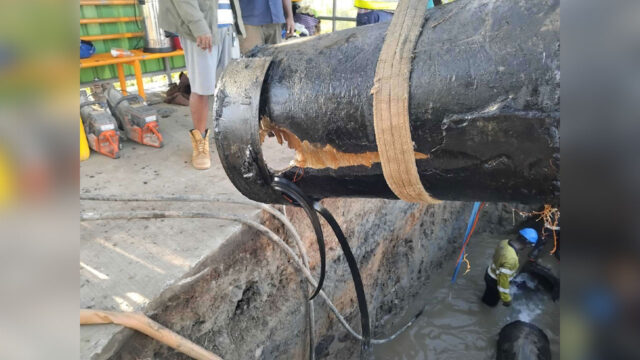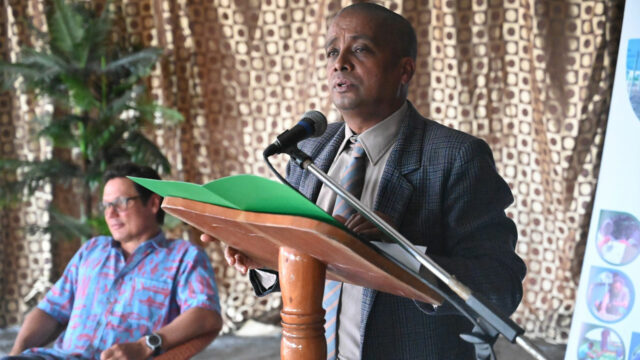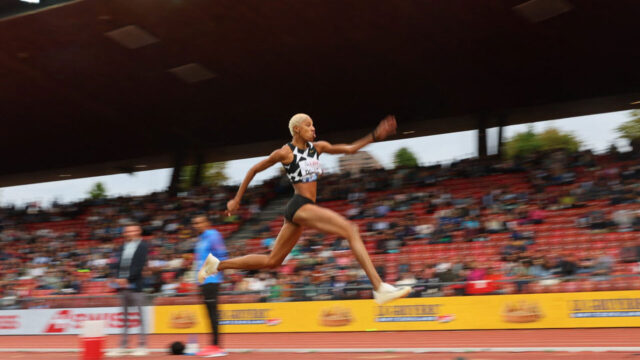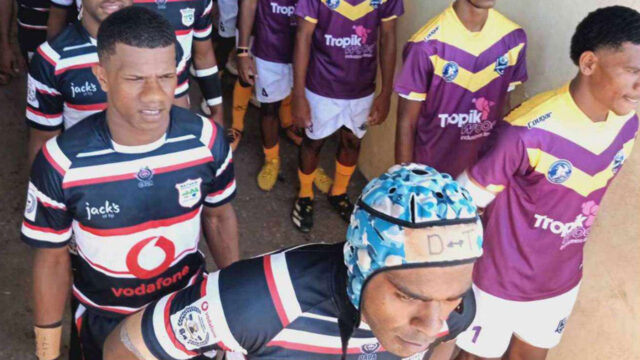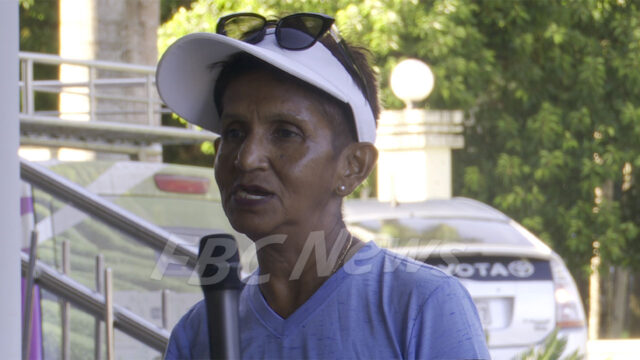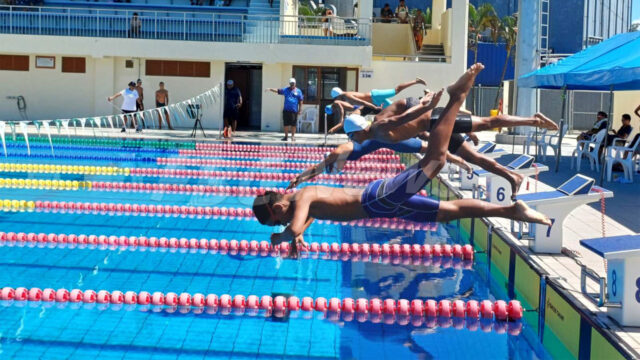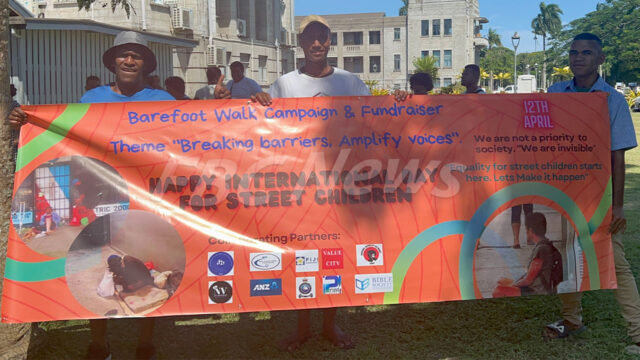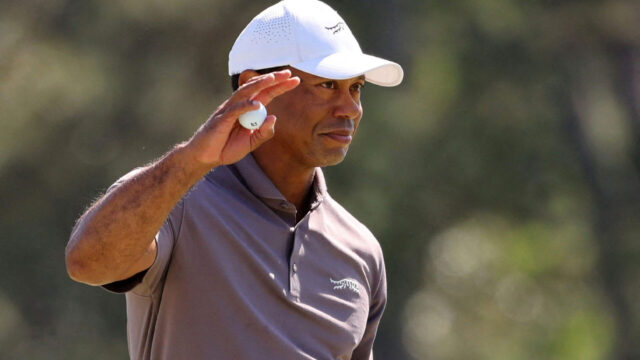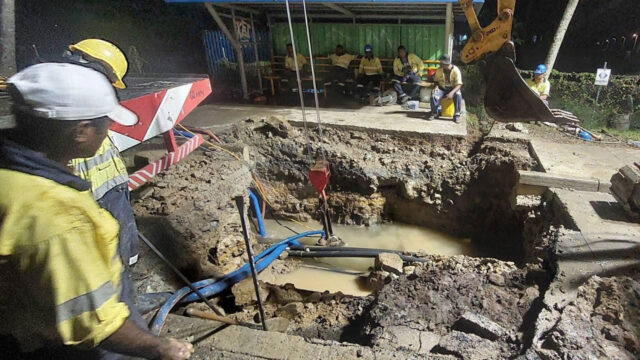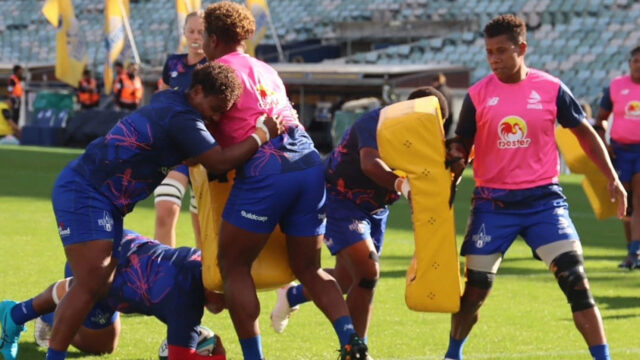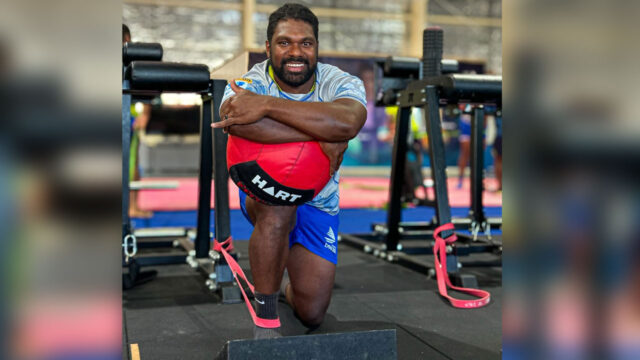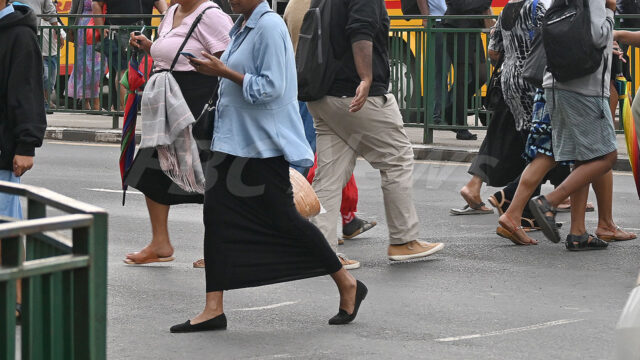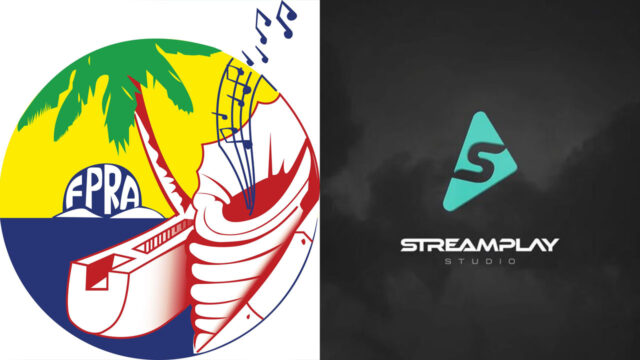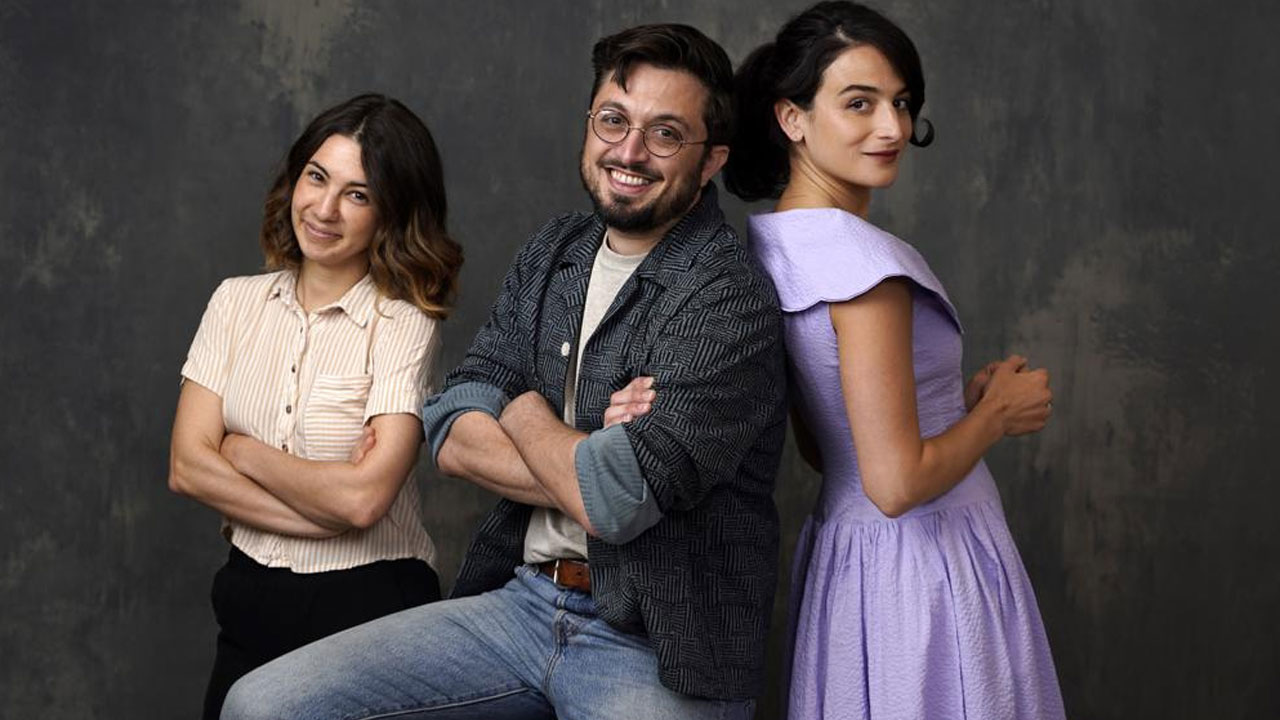
Animation director Kirsten Lepore, left, director/co-writer Dean Fleischer-Camp, center, and voice actor/co-writer Jenny Slate pose for a portrait at the Four Seasons Hotel in Los Angeles to promote their film "Marcel the Shell with Shoes On," on June 21, 2022. The film opens on Friday. [Source: AP]
Jenny Slate and Dean Fleischer-Camp were at a bit of a career crossroads when they manifested Marcel, a one-inch-tall seashell with a tiny voice and a big heart.
Slate had recently been let go from “Saturday Night Live” after one season and wasn’t sure if she’d get another chance to do comedy professionally again.
Fleischer-Camp, meanwhile, had dreams of directing but nothing had stuck yet and he was feeling stalled.
It was in this time of uncertainty that they found themselves at a wedding, sharing a hotel room with about five other people to save money.
Slate started speaking in a little, funny voice.
Add a forgotten promise to make a short film for a friend’s comedy show, $6 of raw materials from a corner bodega and some DIY stop-motion filmmaking, and 48 hours later “ Marcel the Shell With Shoes On ” was born.
When they put it on YouTube in 2010, it went viral. Pretty soon after Hollywood came calling.
The feature film, a documentary-style portrait of Marcel, his grandmother Connie, who is voiced by Isabella Rossellini, and his search for his lost family, opens in limited release Friday and expands July 15.
It was anything but an easy or straightforward path to the big screen, however.
In the 12 years since that moment of inspiration, Slate and Fleischer-Camp were married and divorced.
And they’d quickly come to realize that what they wanted out of a Marcel movie and what the big Hollywood studios wanted were very different things.
“All of those ideas were centered on grafting Marcel onto a more familiar tentpole action-adventure franchise,” Fleischer-Camp said. “I remember one studio suggested that we partner him with John Cena and they, like, fight crime or whatever.”
Slate was not interested in compromising either.
“I have a very low tolerance level for changing my own stuff just so that it can be produced or released or whatever,” Slate said. “At the end of everything, the art is actually all that we have. It’s so weird to give it away on meagre terms just to say that someone’s putting the movie out.”
Still, the dream of a Marcel movie lived on and even bloomed in the clarity they got from the misbegotten studio ideas. Eventually, they found a partner that would be supportive of their vision to keep Marcel small in A24.
“It was so obvious that the way to make this movie was to paint a very dignified portrait of Marcel in a documentary style, to tell a really personal and honest story about grief,” Fleischer-Camp said. “What was wrong with all those other ideas was they were trying to blow it out. And Marcel does not need to be blown out. He’s already tiny in a blown-out, oversize world.”
But they’d have to scale it up in some ways to make a feature and so they enlisted Kristen Lepore, a stop-motion specialist they’d met on the film festival circuit, to be the animation director overseeing a team of some 50 people.
They tried to keep it as DIY-feeling as possible, but some compromises had to be made. First, Lepore hired a team of professional stop-motion animators.
She was shocked to hear how Fleischer-Camp had made the shorts by himself (by editing down one continuous take instead of putting together shots of still photography).
“When it is stop motion, no matter what you do, you still are going to retain a lot of that charm because it’s a real object moving around,” Lepore said.
And then there was the question of the shell itself. Though they wanted to mimic the short and use a real snail shell, she said the hunt was surprisingly impossible.
Instead, they settled on using a 3D print, which still had to be customized to capture the intricacies and skin-like translucency of a shell.
They also had to shoot the entire movie twice after the audio was fully recorded—once in live action and once in stop motion.
Lepore herself was there for both, holding a model of Marcel in the live-action shots so that the cinematographer could get the lighting and focus right.
“People know that the stop motion process is slow, but I think they don’t realize, like, how slow,” Lepore said. “It would take one animator working on a stage an entire day to do a shot that was five, maybe 10 seconds long.”
When Fleischer-Camp looks back at the earliest days of Marcel, he knew that they had something special even then.
“People always ask me if I knew that it was like going to go viral. And it sounds so arrogant, but I was like, ‘I kind of did,’” Fleischer-Camp said. “People really connect with this little character.”
For Slate, Marcel and his utter sincerity, innocence and wisdom were an expression of things she was feeling but didn’t quite know how to communicate at the time — at least as herself.
“Looking back, I think I was so underneath a pile of feelings that were like shame and exhaustion and disillusionment and frustration and indignance and anger. I just really didn’t want to be separated from other, more beautiful feelings and easier to feel or display feelings of sweetness and self-worth and being funny,” Slate said.
“I haven’t always had the easiest time showing feelings that are unfun to have or see. Starting to talk in this tiny little voice seemed to me, even if it felt abstract to other people, a nice way to put everything together and use Marcel as, like, a crucible for all of those feelings.”
And now they hope the film will connect with audiences, too.
“It’s really funny and it’s a story that will really excite you and touch you and make you feel alive,” Slate said. “And we made it like that on purpose.”

 Associated Press
Associated Press
